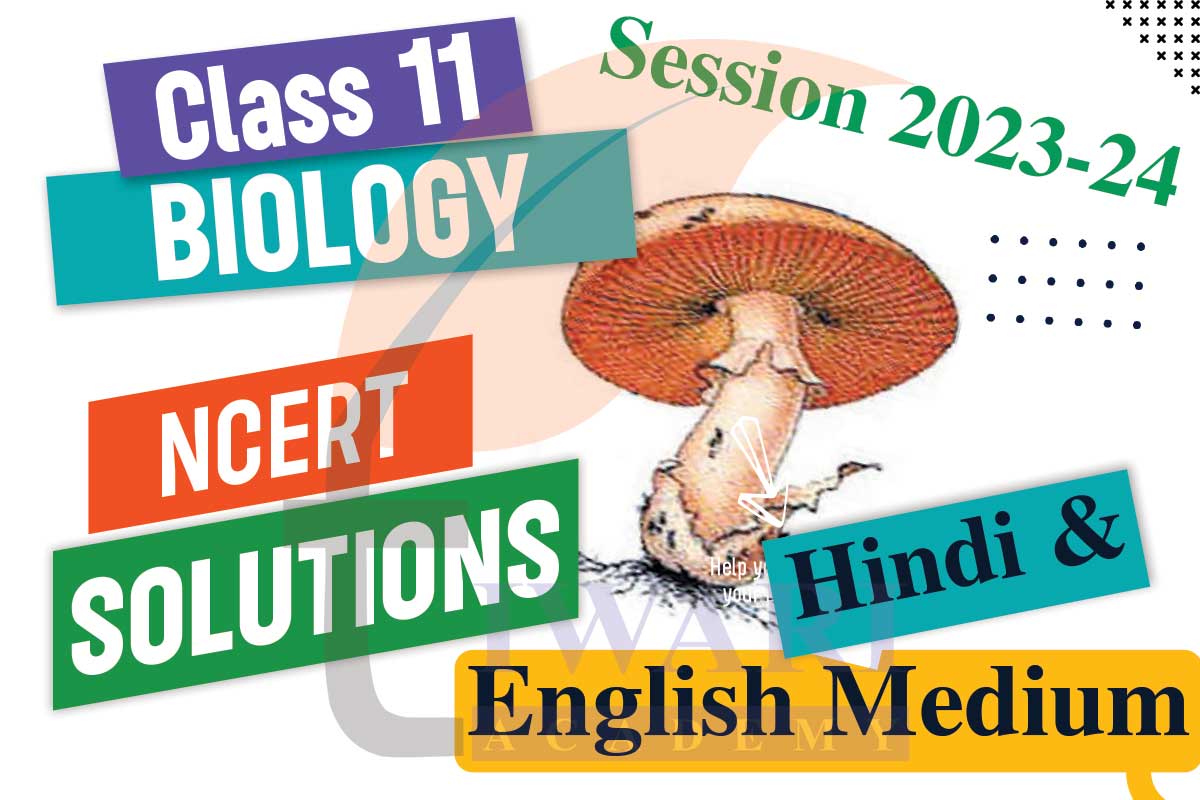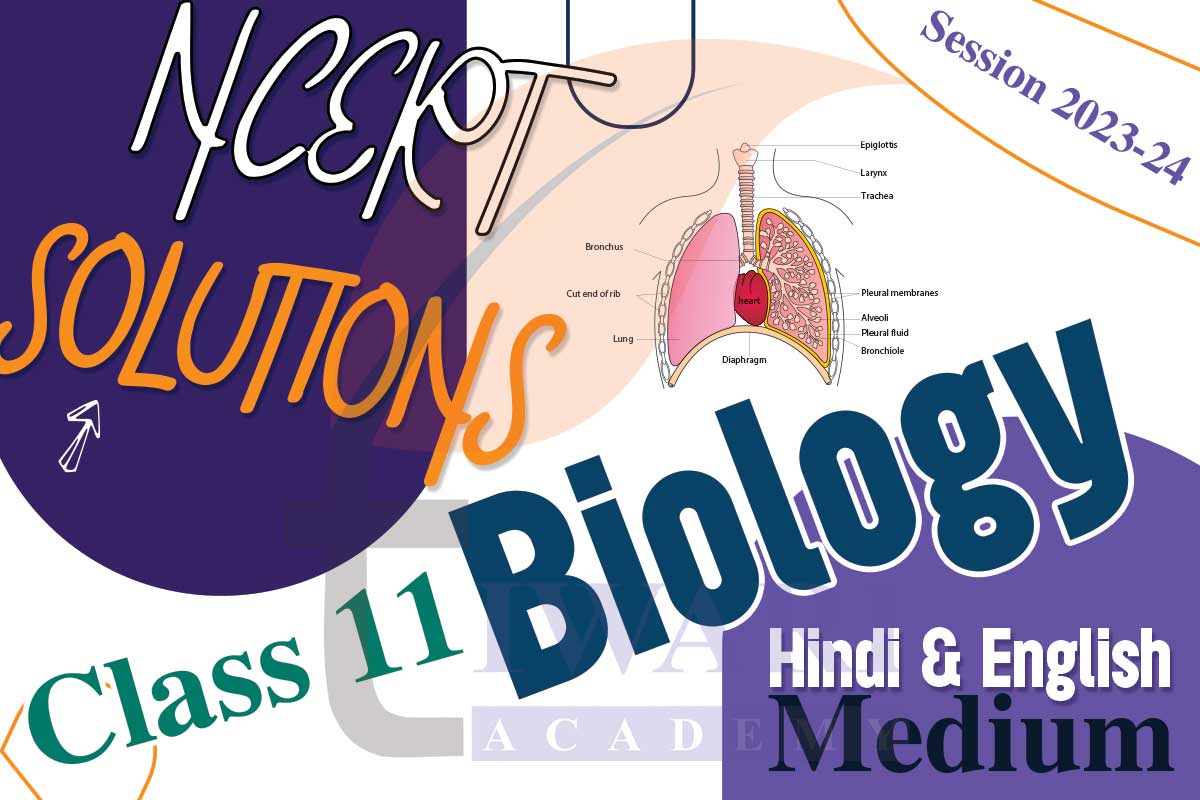NCERT Solutions for Class 11 Biology in Hindi and English Medium PDF format for CBSE and UP Board Solution for academic session 2024-25 are available to download free with latest NCERT Textbooks. NCERT solutions of other subjects are also available to download. Download updated solutions, study material issued by CBSE, for the coming session based on latest CBSE Syllabus. Join the Discussion Forum to ask questions or reply the others.
NCERT Solutions for Class 11 Biology
Select the Chapter for 11th Biology Solutions
- Chapter 1: The Living World
- Chapter 2: Biological Classification
- Chapter 3: Plant Kingdom
- Chapter 4: Animal Kingdom
- Chapter 5: Morphology of Flowering Plants
- Chapter 6: Anatomy of Flowering Plants
- Chapter 7: Structural Organisation in Animals
- Chapter 8: Cell: The Unit of Life
- Chapter 9: Biomolecules
- Chapter 10: Cell Cycle and Cell Division
- Chapter 11: Photosynthesis in Higher Plants
- Chapter 12: Respiration in Plants
- Chapter 13: Plant Growth and Development
- Chapter 14: Breathing and Exchange of Gases
- Chapter 15: Body Fluids and Circulation
- Chapter 16: Excretory Products and their Elimination
- Chapter 17: Locomotion and Movement
- Chapter 18: Neural Control and Coordination
- Chapter 19: Chemical Coordination and Integration

| Class: 11 | Biology |
| Contents: | NCERT Solutions and Extra Questions |
| Content Format: | PDF, Text, Images and Videos |
| Academic Session: | Year 2024-25 |
| Medium: | English and Hindi Medium |
NCERT Solutions for Class 11 Biology in English
NCERT Solutions for Class 11 Biology in English Medium updated for new academic session 2024-25 in PDF format free. NCERT books and answers, study material for final exams and other online study books for revision are available to free download. NCERT Solutions 2024-25 based on latest CBSE Syllabus are available to free download. Join the discussion forum to ask your doubts and reply to other’s questions.

Class 11 Biology Important Terms and Questions
What is meant by Anatomy?
It is the study of gross internal structure of organs and different parts. It fixes the proof and parallel of organisms in the course of study. In some organism, there is close identity in external features. They differ in internal structure. Example: Man and Monkey have symmetry in internal organ system. Their outer bodies look different.
What is Cell Biology?
The body of living things formed by one or many cells. The shape, work, division of the cell, tells the life activities. All study related to cell are under the branch known as Cell Biology. It involves the studies of all kinds of cells and their behaviour.
What do you know about Molecular Biology?
The cell contains large number of micro and macro molecules. Such as nucleic acids, proteins, lipids etc. The relation between these bio-chemical molecules results into life. All the studies of cells are includes under the one branch. We know this as Molecular Biology.
What is Morphology?
This is the study of outer features of living being. It includes forms both outer and inner.
Branches of Biology – Taxonomy
Man has always tried to name and classify the things present in the surrounding according to their utility. This led to extensive collection of knowledge about plants and animals. At present about 1200000 species of animals and about 7 to 8 lakh species of plants are known to us. The branch of biology which deals with the identification and classification of organisms is called Taxonomy.
Branches of Biology – Physiology
Plants and animals perform life processes in a similar fashion. For example digestion, respiration, excretion etc. In addition, plants also perform photosynthesis. All these life activities are the consequences of bio-chemical reactions that occur inside the cell. The detailed study of these reactions is known as Physiology. The study of life processes and functions of plants is called Plant-Physiology. Whereas study related to animals is defined as Animal Physiology.
Branches of Biology – Histology
The body of various plants and animals are composed of different kinds of organs and organ systems. These organs are formed by special structures called tissues. The tissues are the groups of such cells which are similar in structure, function and origin. Thus the tissues are microscopic structures and can be studied only with the help of microscope. Substantially the microscopic study of internal structure of living organism is called as Histology.




